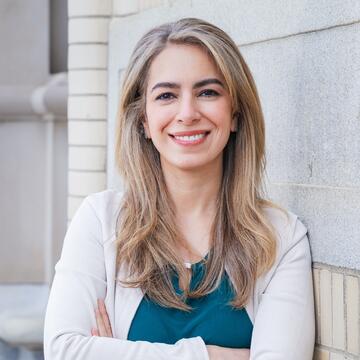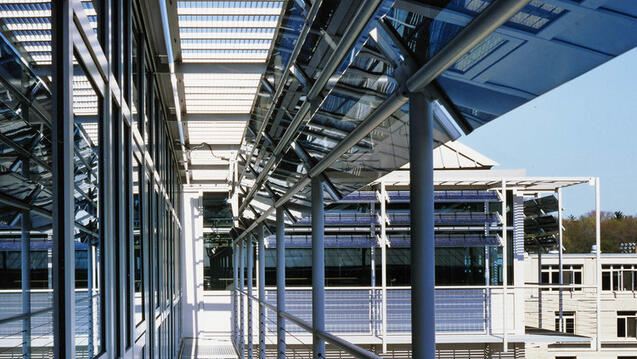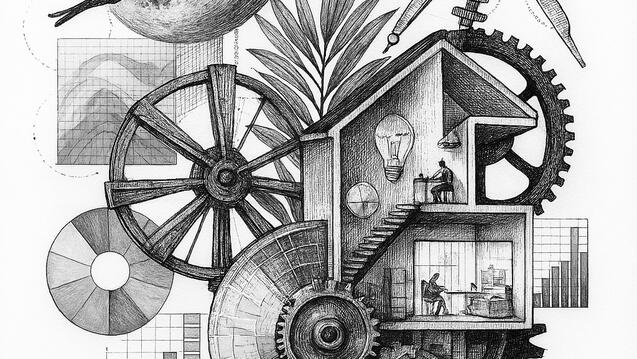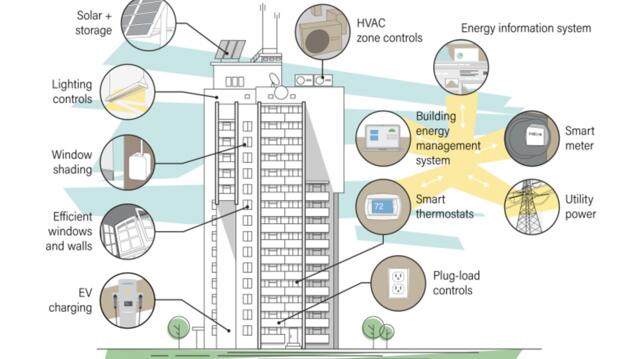
Azadeh O. Sawyer

Azadeh Omidfar Sawyer is a researcher and educator working at the intersection of design, technology, and environmental performance. She is an Assistant Professor at Carnegie Mellon University’s School of Architecture, where she serves as Track Chair for the MS and PhD programs in Building Performance & Diagnostics.
Educated at the Harvard Graduate School of Design (MDes), the University of Michigan (M.S. and Ph.D. in Architecture Building Technology), and the California College of the Arts (BArch), Sawyer bridges architectural practice with advanced methods in simulation, artificial intelligence, and virtual reality to study how energy, light, and human perception shape buildings and urban environments.
She is the author of "50 Bird-Friendly Glass Patterns for Sustainable Building Design" (American Bird Conservancy, 2023) and has published widely in peer-reviewed journals and international conferences. Her contributions have been recognized with honors including the Jonathan Speirs Medal for architectural lighting research, the Rackham Predoctoral Fellowship, and the Dow Doctoral Fellowship.
Active in both academia and the profession, Sawyer has served as a design juror for the American Institute of Architects (AIA), as a reviewer for leading scholarly journals, and as an invited lecturer and panelist at international conferences and symposia.
At Carnegie Mellon, her teaching combines design and performance with emerging technologies, preparing students to address architecture’s evolving challenges around climate, energy and human well-being.
Education
Ph.D., University of Michigan, Architecture Building Technology, 2019; Awarded Distinguished Dissertation in Architecture
M.S., University of Michigan, Architecture, 2017
MDes, Harvard University, Graduate School of Design, 2011; Awarded Daniel L. Schodek for Technology and Sustainability
BArch, California College of the Arts, Architecture, 2008; Graduated with Distinction
Fall 2025 Teaching
This course challenges students to rethink how buildings perform — not just consume energy, but harness it. Students explore the physics behind daylight, thermal behavior, ventilation, and energy use, using advanced simulation tools like Rhino, Grasshopper, and Climate Studio. Through data-driven design, they learn to create environments that respond to climate, enhance human comfort, and minimize reliance on mechanical systems.Combining building science with computational design, the course equips students with workflows that inform better architecture — resilient, sustainable, and beautifully integrated with the forces of nature.
This course guides students through the development of a focused research proposal for the MS-BPD thesis. Students identify a topic, formulate research questions, conduct a critical literature review, and create a literature diagram to frame the context of their work. The course emphasizes methodological clarity and a well-defined scope that addresses current questions in building performance, technology, and the built environment.
Spring 2025 Teaching
In this course, we explore the quantities and qualities of light. We will study how we can design with and for light while understanding the paradox of lighting design — that it is both science and art. Digital design and simulation tools will be augmented with virtual reality (VR) to extend quantitative measurements of lighting to include qualitative aspects of light such as its influence on occupants’ subjective impressions of a space, wellbeing and comfort.



